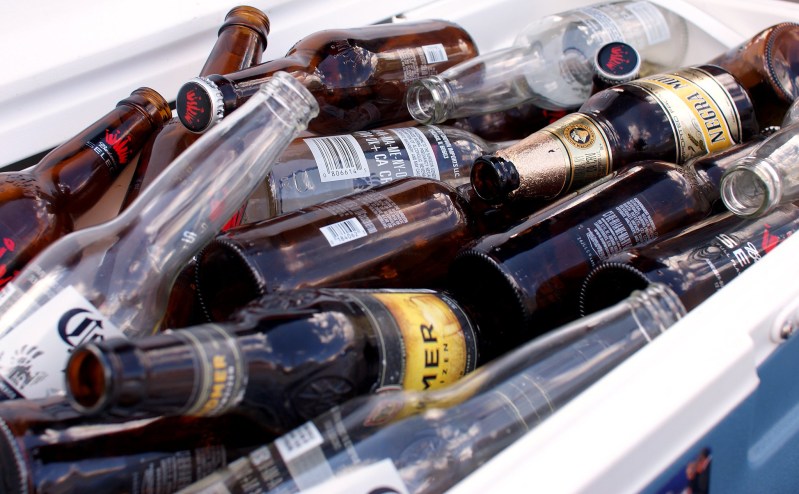
Of all the adult beverages in the world, nothing beats a cheap beer.
Hear me out.
Sure, there are better-tasting and boozier things to sip. There are regional distillates with thousand-year histories, artisan wines crafted by the same family for generations, rare Japanese whiskeys fetching outrageous prices at private auctions. There are outstanding IPAs, probably made right in your hometown by passionate artisan brewers. I’m not arguing that macro-brews are better-tasting or of better quality than any of these drinks. But as a total beverage experience no drink can compete with a cheap beer.
It promises so little, yet delivers so much. Microbrews threaten to blow your mind with hops and flavor. Always the darkest, the sourest, the dankest, they’ll have you lusting after limited releases, standing in line to drop half a paycheck on high-octane concoctions you can only drink two of before you’re annihilated, and they’re so pure and unfiltered that they’re liable to spoil if left unattended. Microbrews can be delicious, but it’s the wild west of the beer world, and there’s something to be said for the reliability of low expectations.
A true cheap beer is a low-cost, low-alcohol brew that isn’t out to impress anyone. Typically a lager or mild ale, it’s brewed by a big company with a name you recognize from their game-day advertising blitzes, which employ slow-motion aerials of snowy mountain ranges to showcase the beer’s patriotism and temperature above its taste, which is usually summed up as “ice cold.” Make no mistake, these beers don’t taste great, but that was never the point. Cheap beer is like duct tape: it’s inexpensive and reliable, has practically unlimited applications, and while using it in your car will probably get you in trouble, having some on hand in an emergency might just make you a hero.
And this kind of attainable heroism is part of what makes cheap beer so special. Watch enough beer commercials and you’ll notice they’re not really trying to sell you beer at all, they’re selling you a lifestyle full of fun outdoor activities and nights on the town, and a mindset of hard-work rewarded with pure satisfaction. They’re selling you the promise that this beer is going to be here for you emotionally through the good times, and help make the hard times better. These aspirational ads may seem ridiculous (because they are), but they’re also full of people enjoying things together, which is ultimately what cheap beer is all about.
Cheap beer is the most inclusive adult beverage on the planet. It transcends politics and culture — you can find a cheap lager nearly anywhere in the world and know exactly what you’re getting, and clinking yours against a stranger’s is an unmistakable gesture of goodwill. Cheap beer brings people together. It’s made for everybody (of legal drinking age), and doesn’t favor any palate or preference with too much style, flavor, or any adjective except maybe coldness — a cheap beer can never be cold enough. A wine or whiskey tasting is an exclusive, highbrow event, but cheap beer invites everyone to the party. It’s so inoffensive that even people who don’t like beer can enjoy one in the spirit of the occasion.
That’s because cheap beer makes a celebration out of whatever’s going on. Cooking outside? Bring a six-pack of brewskis and suddenly it’s a barbecue. Eating a sandwich in a parking lot with a funny hat on? A cooler full of cold ones makes it a tailgate. Tarring the plate-factory roof with your fellow convicts in the spring of ‘49? Add a bucket of suds and suddenly you’re the lords of all creation.
Cheap beer is a state of mind. It’s about accepting that not all things have to be perfect, that there is delight to be found in the simple beauty of everyday life. It’s about the celebration of common experience and the satisfaction of a job well done. Cheap beer is about community, about setting aside our differences and our preferences and coming together to revel in the moment. Just remember to keep it cold.



